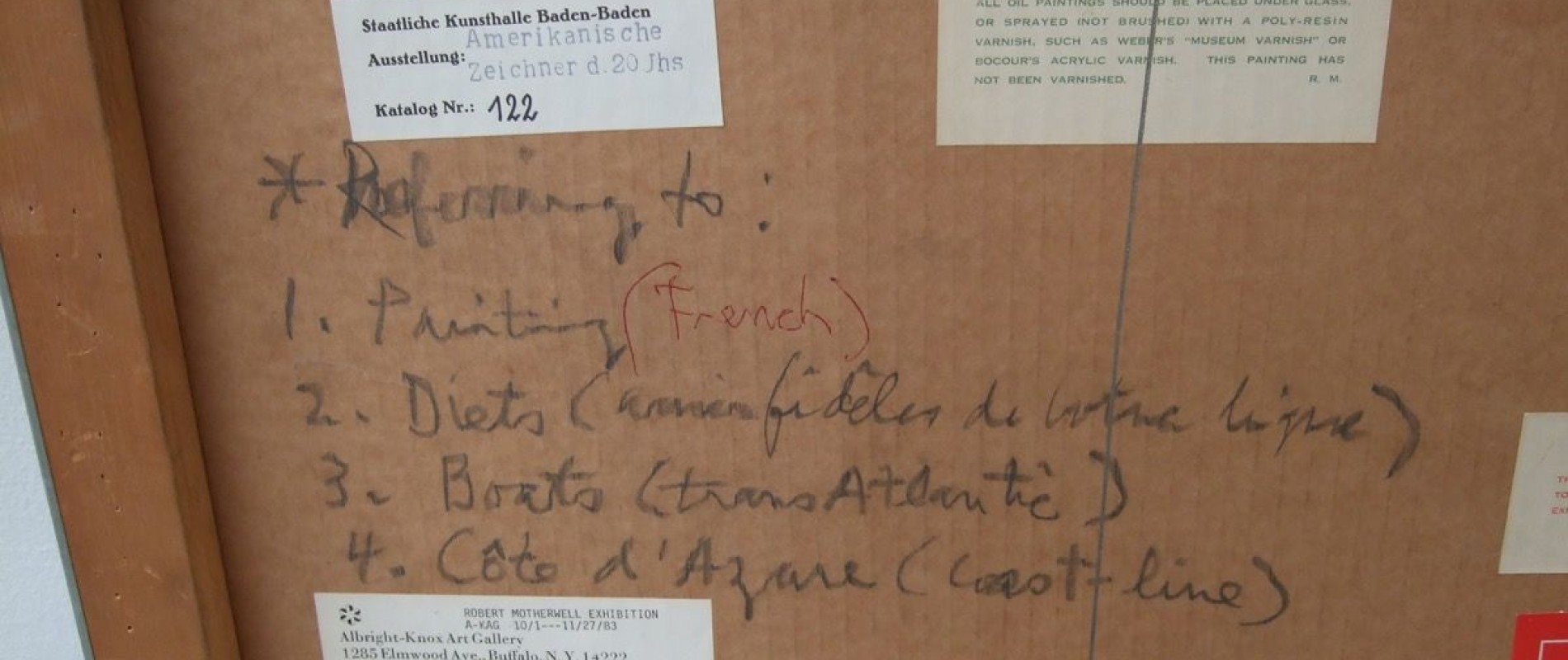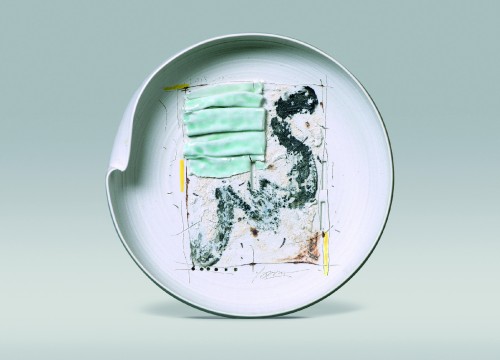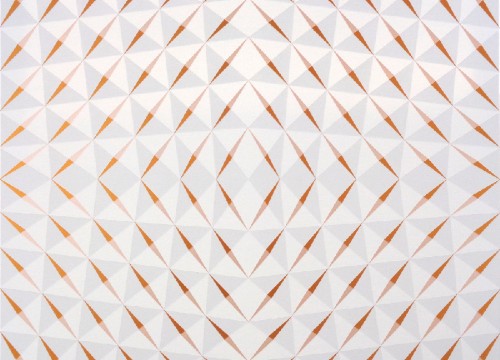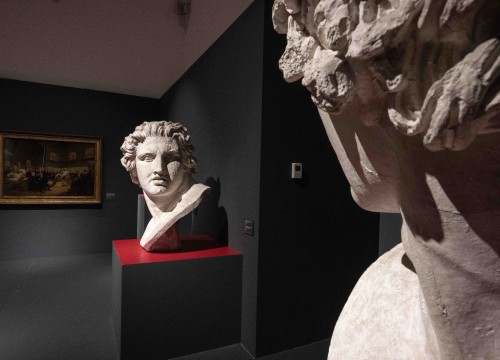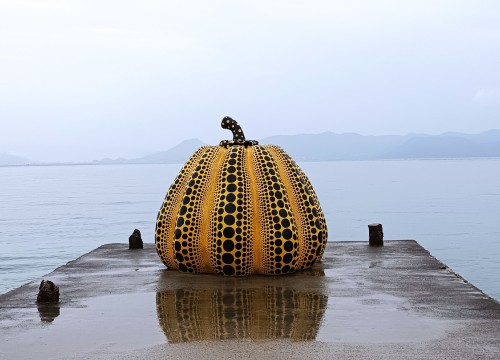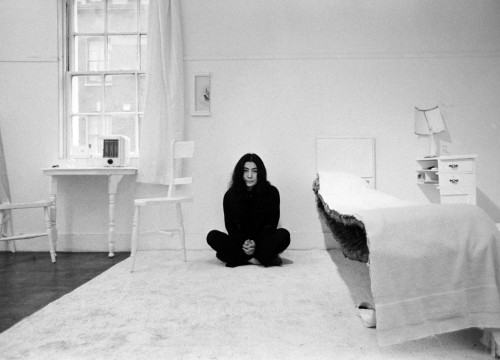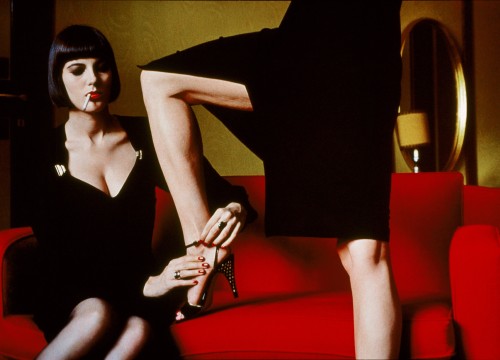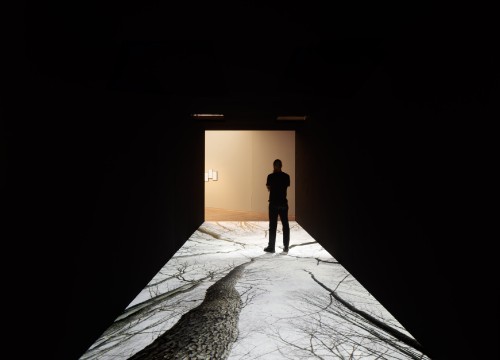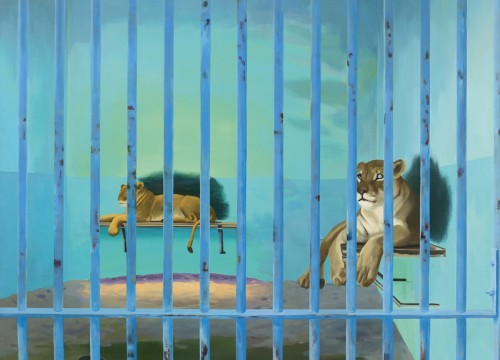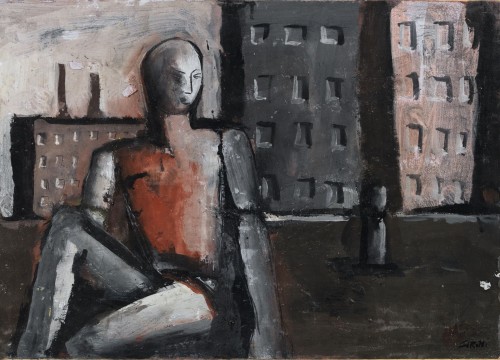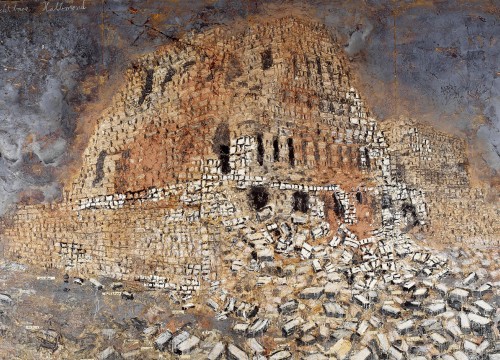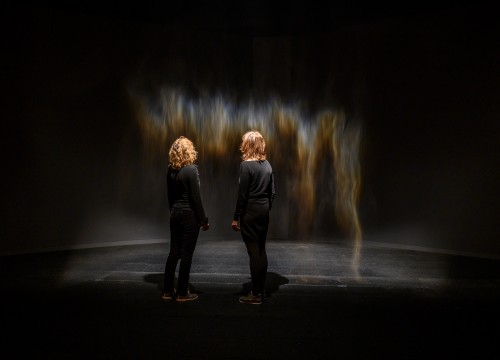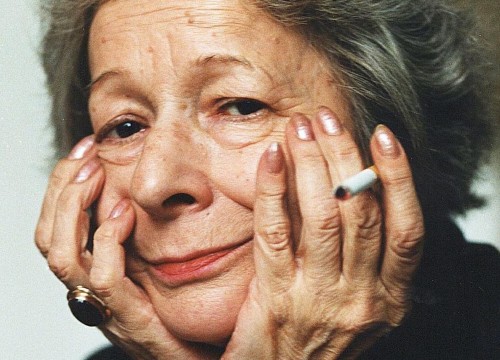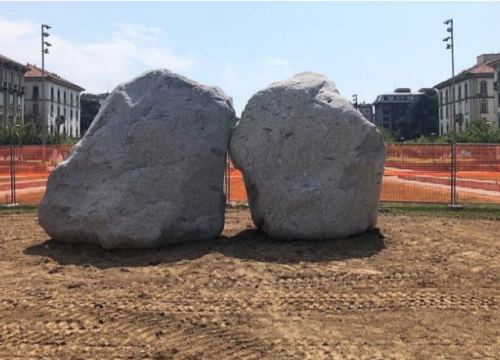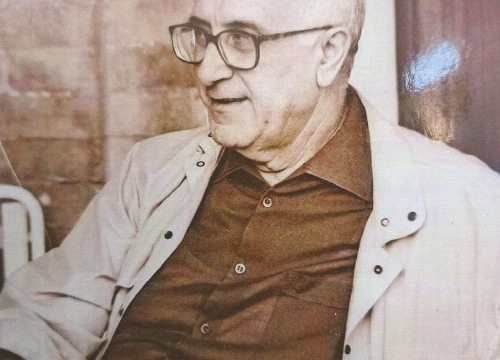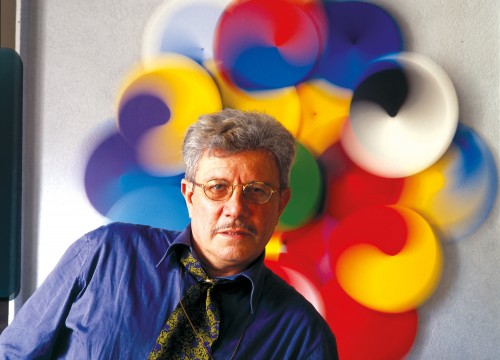The charm of the invisible reigns supreme. Frequently, observing the back of an artwork, it happens to unexpectedly discover a geographic map, made of title blocks, inventory numbers, exhibitions, stamps and expositions. A scenery that, funnily enough, run the risk of being more important of the painting itself. Because the pedigree, especially in confusing times like ours, full of frauds and falsifications, outlines the journey of the artwork, its moves, its main exhibition, the times it was auctioned, the outcomes achieved and consequently, the authenticity. Not everyone notices it or maybe, not enough attention is paid. The collector’s creed often stops when the gallery, the auction house or the so-called expert provides the authenticated picture. Rarely someone tries to trace it on a publication. Many times people go no further than that. But the back of an artwork inevitably marks its history and it is of fundamental importance, as every accompanying document certifying its identity.
It happens like that also in the field of photography, where this subject is even more relevant. Author, title, type of print and circulation, represent fundamental requirements, often essential. Everything is checked almost maniacally, paying attention to the veracity of the stamps, to the yellowing of the image, to every trace of identification. Modulating a different approach between modern and antique, paying attention to every improvised replica, maybe not even authorized by the photographer himself. A precise and deep way of collecting, that doesn’t stop at the first sensation it gets. Then, in the sea of the absence of any identification trace, a million of anonymous pictures dominate the scene. Sometimes they are even good, undoubtably charming, certainly able to ignite emotions, items that are sold for a few dozen euros because a resumé has its value, as it happens in life.
But there’s another aspect that must be deepened and processed. And it applies to every picture, even the ones you shoot for yourself. For a century, nobody thought about the caption. The value of the picture resided in what it reproduced. Maybe, at first it was bounded by a square cardboard, with the reference to a more-or-less celebrated photographer. Then, later in time, without frills, offered to the look of the viewer in the simplicity of its presence. From here, frequently, the absence of any indication about the year, the place or the subject represented. A blank back that can’t be enriched with contents, now completely cover by the dust of time. Maybe some older relative could barely retrace the fragment of some memory but in many cases, it’s a matter that has already drifted into oblivion.
Objectively, without a caption, as quoted in an old commercial, it’s essentially a picture that doesn’t exist, bound to not arouse interests, to be confined in the shadow cone of the past.
It would be necessary to educate the new generations to the cult of the caption. It’s the only way to retain that piece of memory on the backwash of time. The only lifeline that can give a semblance of life to that image. As if time had stopped on the rectangle of that image.

